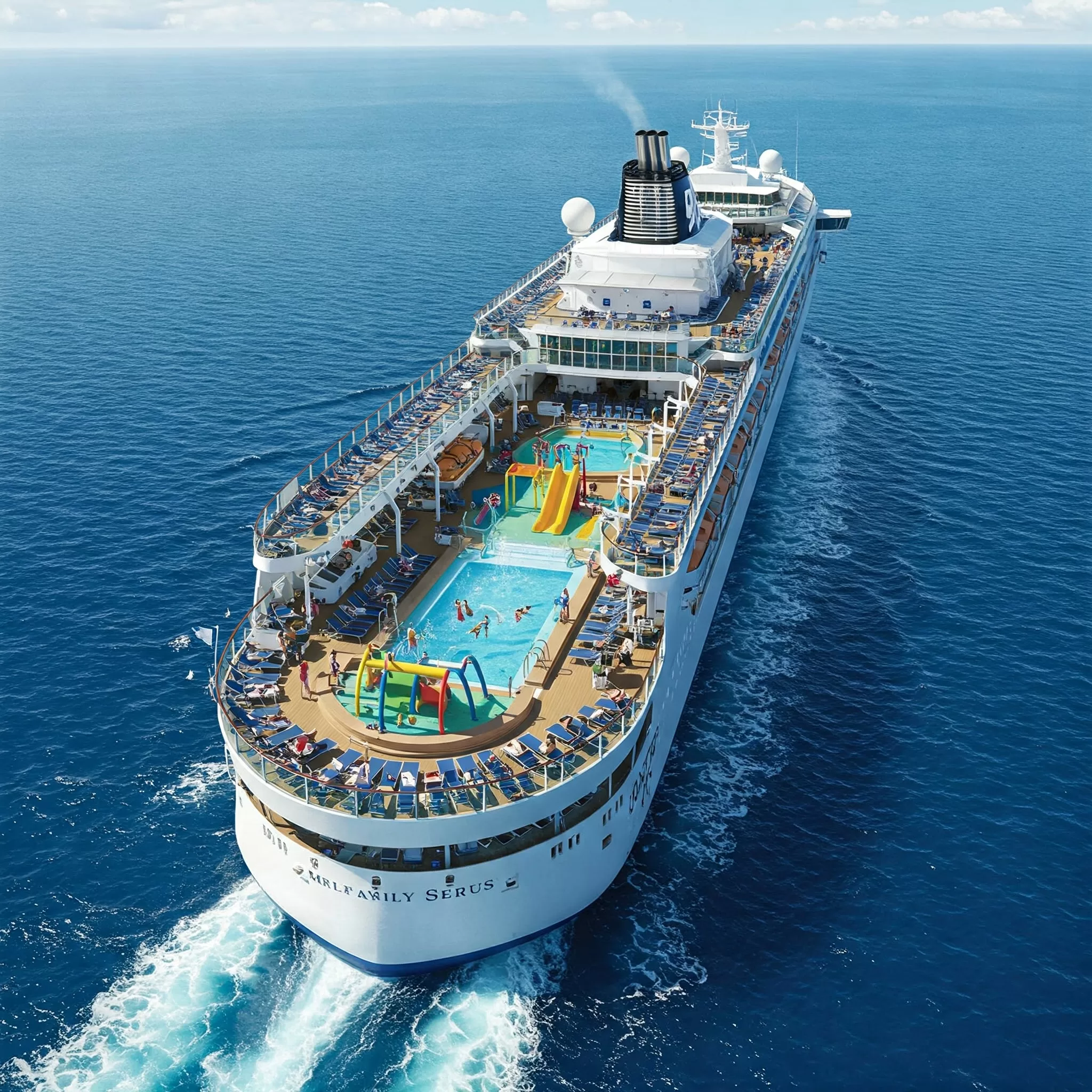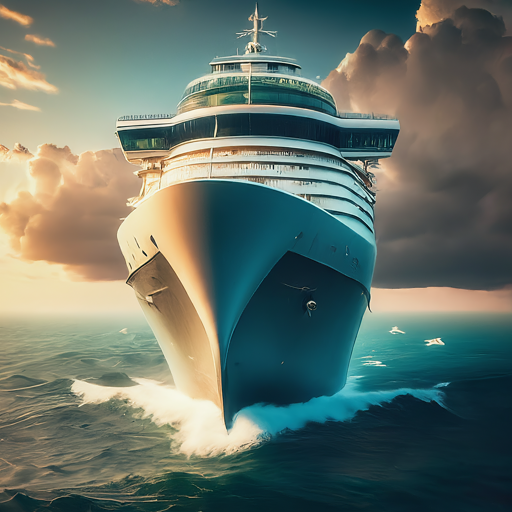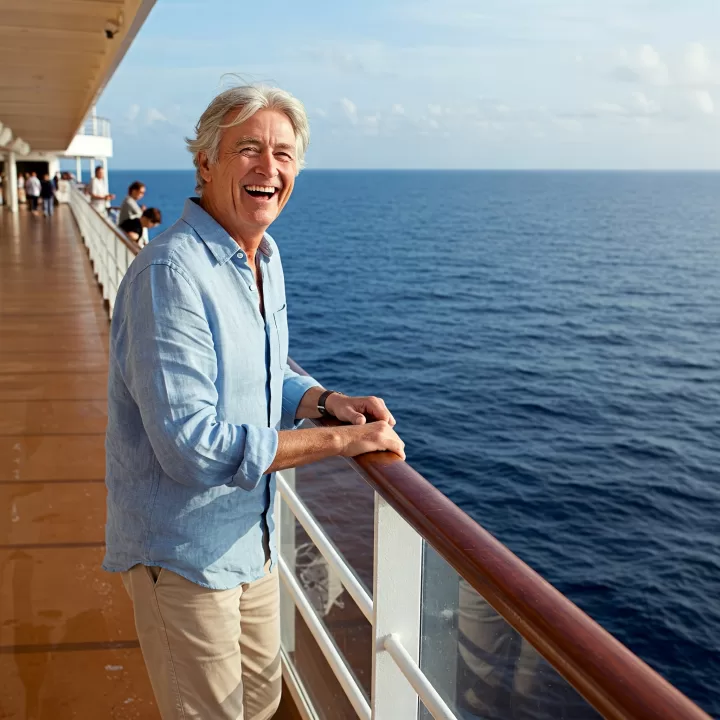We will update this developing story as it unfolds.
On April 3, 2025, major cruise line stocks experienced a significant downturn following the announcement of new U.S. tariffs. Carnival, Royal Caribbean, Norwegian Cruise Line, Viking, and Lindblad all saw their stock prices plummet, with declines exceeding the broader market’s 4.85% loss as represented by the S&P 500. Norwegian Cruise Line Holdings faced the steepest drop at 16.36%, while Carnival fell by 13.69% and Royal Caribbean by 11.17%. Viking and Lindblad also experienced substantial decreases of 8.65% and 10.14%, respectively.

This sharp decline reflects investor concerns that the newly imposed tariffs will negatively impact consumer spending, particularly in the discretionary leisure travel sector. The fear is that higher costs resulting from the tariffs, combined with ongoing inflation worries, will lead to reduced demand for cruises. Consequently, this potential decrease in demand could significantly affect the revenue and profitability of these major cruise companies. Analysts are now focused on how the cruise industry will respond to these challenges, considering potential adjustments to pricing, service offerings, and operational strategies. The market is also keen to hear how the cruise lines plan to mitigate the anticipated economic repercussions.

The situation highlights the growing pressures on the cruise industry and the broader travel and tourism sector. The performance of these cruise stocks in the coming months will be closely watched, as their responses to these new economic headwinds will be crucial for their long-term market standing. For ongoing information, the U.S. Department of Commerce and the Securities and Exchange Commission (SEC) are key official sources for understanding the wider economic implications.

Here’s what you need to know
- Date of Stock Plunge: April 3, 2025.
- Reason for Decline: Announcement of new U.S. tariffs.
- Cruise Lines Affected: Carnival Corporation, Royal Caribbean Group, Norwegian Cruise Line Holdings, Viking, and Lindblad Expeditions.
- Magnitude of Stock Drops:
- Carnival: -13.69% (closed at $17.28)
- Royal Caribbean: -11.17% (closed at $188.33)
- Norwegian Cruise Line: -16.36% (closed at $16.31)
- Viking: -8.65%
- Lindblad: -10.14%
- Broader Market Context: The S&P 500 also saw a significant loss of 4.85%, but the cruise line declines were much steeper.
- Key Concern: Potential impact of tariffs on consumer spending, especially on leisure travel like cruises.
- Anticipated Effects: Reduced demand for cruises due to higher costs and inflation.
- Areas of Focus for Analysts: How cruise lines will adapt their pricing, services, and operations.
- Information Sources: U.S. Department of Commerce and Securities and Exchange Commission (SEC) for broader economic implications.
My Thoughts

We’ve been down this road before. Remember fuel surcharges? Kind of like that but it might hurt more. Like COVID? Probably not that bad. Still, count on cruise lines maintaining current high levels of quality operations. The fact is, cruise lines have plans for a whole lot of things they want to do with new ships, itineraries, islands and onboard programming.
Years ago I had a thought: we can tell the financial health on a number of cruise lines thanks to notepads left in cruise lines stateroom. When they disappear, things are not good and traveler-affecting cuts have begun. I hope we don’t see that and we might not. Since the major operational roadblocks of the past, cruise lines are bigger but more nimble, with the ability to pivot from one operational model to another. Will cruises cost more? Who knows but we’ll keep you updated. Check in with one of the passenger-focused sites that stay right on top of this:
The cruise industry’s use of fuel surcharges, go back to 1973 with the practice becoming more common as oil prices surged in the early 2000s.
Here’s a more detailed look:
- 1970s Oil Crises:The 1973 and 1979 oil crises, triggered by geopolitical events and OPEC actions, led to significant increases in oil prices, impacting all industries, including cruise lines.
- Early 2000s Fuel Surcharge Rise:As oil prices continued to climb in the early 2000s, cruise lines began implementing fuel surcharges to pass on the increased costs to passengers.
- Fuel Surcharge Controversies:The implementation of fuel surcharges sometimes led to controversy, especially when they were assessed retroactively or when cruise lines faced pressure to drop them due to falling fuel prices.
- Bunker Futures:Some cruise lines have used bunker futures (contracts to buy fuel at a set price in the future) to protect themselves from market volatility, reducing the need for frequent fuel surcharge adjustments.
- Current State:While fuel surcharges are still a factor in the cruise industry, the use of bunker futures and other cost-saving measures have helped to mitigate the impact of fuel price fluctuations.
